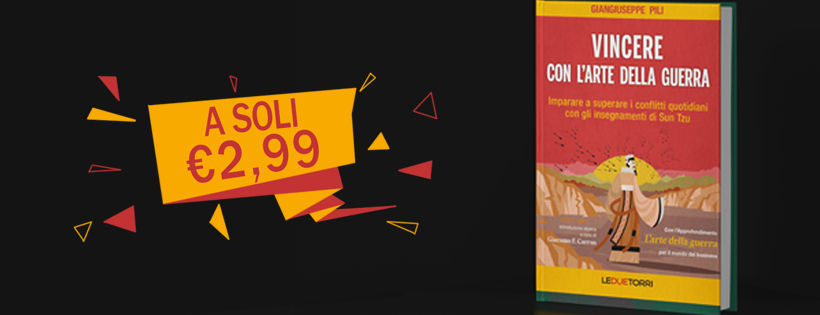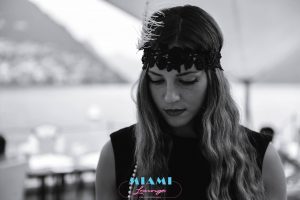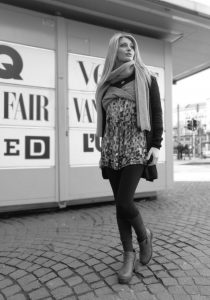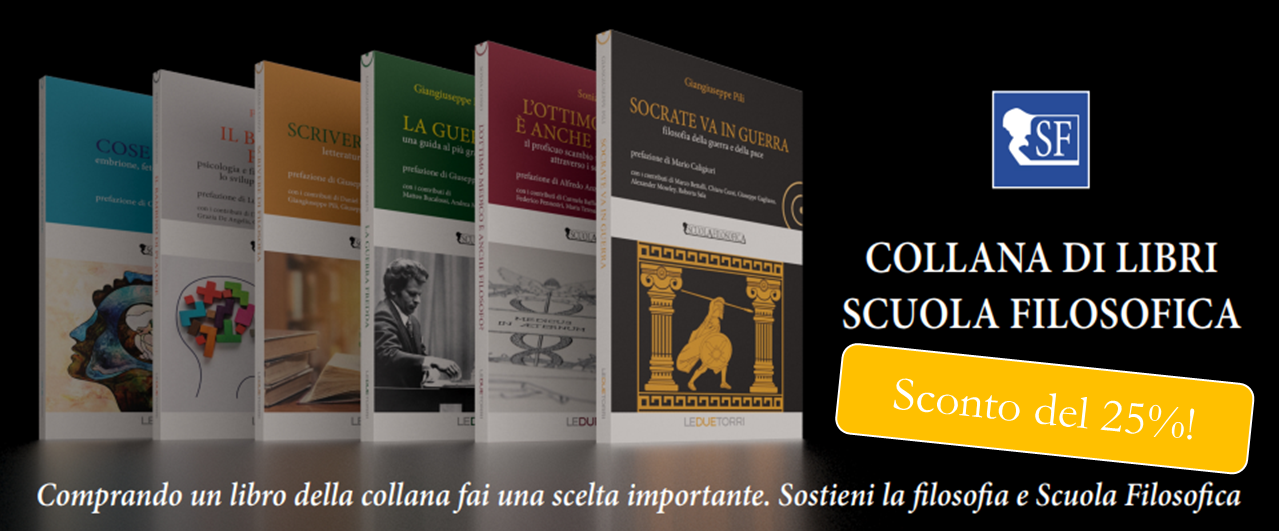Chesterton ci ricorda all’esistenzialismo che una corona di rose è anche una corona di spine. Vale l’estetica della Belle Epoque a Parigi, se la spensieratezza matura perché un bel gioco dura poco. Questo scatto rimane al bianconero. Così aumenta il lieve spleen della posa, con gli occhi chiusi ad un “inchino” del volto. In particolare, l’ambientazione inerisce al salotto d’un party, presso un albergo. Dunque Alice indossa un cerchietto di rose in testa, con la piuma bianca che virtualmente permetterà un cocktail frizzante per l’aghifoglia. Sullo sfondo, si scorgono appena due persone. E’ uno scatto esistenzialista, in cui la riflessione interiore rilassa anche tramite la “tisana” per la “bustina” della canotta. Il divertimento interessa a molti, ma è sempre labile.
Chesterton at the existentialism remembers to us that a crown of roses is also a crown of thorns. The aesthetics from the Belle Epoque in Paris is valid, if the lightheartedness ripens because a good game is short. This shot remains at the black and white. So the light spleen of the pose increases, with the closed eyes for a “curtsey” of the face. In particular, the setting is inherent in an elegant room for a party, inside a hotel. So Alice wears a headband with the roses, where the white feather will virtually allow a fizzy cocktail for the conifers. On the background, we just glimpse two people. This is an existentialist shot, where the inner reflection relaxes also through a “herbal tea” for the “tea bag” of the vest. The fun is interesting for many people; but it is always ephemeral.
(courtesy to Alice Tognetti)
Per Paolo Buzzi, esteticamente al futurismo la linotype è la madre elettrica della sinfonia. Se la musica ci prende spontaneamente, allora le conferiremo un occhio mediante il ventre. La stampa è generatrice. Essa accorda il “martello” del carattere sui fotorecettori (a coni e bastoncelli). Nada ha posato per uno scatto al bianconero. Lei sta passeggiando, sul porfido d’una strada in città. Dietro al corpo, una parete (forse da un prefabbricato, come per le vecchie edicole) ci mostra i loghi di famose riviste, sul lifestyle ed il fashion. La loro stampa renderebbe “lussuosi” i caratteri tipografici del porfido, attraverso le “brevi pennellate” su un vestito. Qui manca il glamour che classicamente ci prende. Se fra la retina ed il cervello si dà un gioco accordante di capovolgimenti, per l’immagine da vedere, allora i nodi dei vestiti pesanti vi accrescerebbero la calorosità. L’inverno si percepisce naturalmente alla monotonia del grigio, senza la sinfonia sgargiante. Qui Nada cerca un equilibrio, nel suo outfit, fra la bellezza con cui piacersi ed il dress code a lavoro.
According to Paolo Buzzi, aesthetically at the futurism the linotype is the electrical mother of the symphony. If the music gets us spontaneously, so we will confer upon it an eye through the belly. The printing is generating. It harmonizes the “hammer” of the character on the photoreceptors (in rods and cones). Nada posed for a shot in black and white. She is walking, on the porphyry cobbles of a city road. Behind the body, a wall (perhaps from a prefabricated building, like for the old news kiosks) shows for us the logos of famous magazines, about the lifestyle and the fashion. Their printing would make the typefaces of the porphyry “luxurious”, through the “short brush strokes” on a dress. Here the glamour, which traditionally gets us, is lacking. If, between the retina and the brain, a game to harmonize the overturning happens, so, about the image that we have to see, the knots for the heavy clothing there would increase the warmth. The winter is perceived naturally at the monotony of the grey, without a gaudy symphony. Here Nada looks for an equilibrium, for her outfit, between the beauty to allow her pleasure and the dress code at work.
(courtesy to Nada Zhiti)
Bibliografia – Bibliography
CHESTERTON G.K., Tremendous trifles, Jazzybee Verlag, Altenmuenster 2017
LISTA G., Le livre futuriste de la liberation du mot au poeme tactile, Franco Cosimo Panini Editore, Modena 1984, p. 43
Biografia – Biography
La modella Alice Tognetti viene da Morbio Inferiore (Svizzera). Lei ha studiato Scienze della comunicazione, ed ama la recitazione. Non è stato possibile risalire all’autore del suo scatto.
The model Alice Tognetti comes from Morbio Inferiore (Switzerland). She studied Communication science, and she loves the acting. It was not possible to date back to the author of her shot.
La modella italiana ma d’origine albanese Nada Zhiti vive a Casale Monferrato (Provincia di Alessandria). Lei lavora da avvocato, ed è attiva in politica. Per Nada, non è necessario menzionare l’autore del suo scatto.
The Italian but of Albanian origin model Nada Zhiti lives in a Casale Monferrato (Province of Alessandria). She works as a lawyer, and she is active in politics. According to Nada, it is not necessary to mention the author of her shot.






Be First to Comment